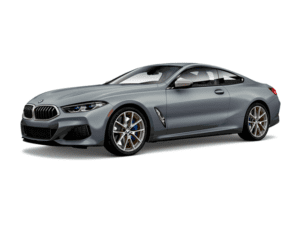Leasing a new vehicle instead of buying one is similar to renting an apartment over buying a house. You have all of the privileges of ownership without all of the responsibility and without taking out a loan. One of the biggest benefits of leasing a new car is that you get the chance to drive a new car, often for less money than it would cost you to buy it. Month by month for a specified amount of time, you make payments in exchange for being able to drive the car. This sounds like a good deal, right? It can be, but before you decide to lease a new car, here are 8 things you need to know about new car leasing.
- Leasing may be a better option to buying if you don’t have the cash to buy a car, if you want to drive a new vehicle, and if you expect to lease another vehicle when the contract expires. It is a great way to be able to drive the latest models with low mileage without the commitment car ownership demands.
- It’s easy to forget when you have the keys and are driving the vehicle, but you don’t own the car. This means when the lease expires, you will have to decide whether or not you want to buy the car, trade it in for a new lease, or walk away without a vehicle. Of course, this process also means time out of your schedule to negotiate a deal with the car dealership.
- If you only opt to lease vehicles and never buy one, the cost of leasing several cars over the course of several years is likely to exceed the price you would have paid to purchase a new or used car outright.
- Pay close attention to the terms of the lease. Some leases can carry steep penalties. For instance, if you exceed the number of allotted miles in the contract, you fail to keep the interior and exterior of the car in good condition, you have excess wear and tear on the car, or if you want to return the car before the lease contract ends. Going over the mileage allowed can cost as much as 15 cents per mile or more.
- Be sure to contact your insurance agent before deciding on a lease. Some cars may cause your premiums to go up, while others will provide you with important safety features that will actually lower your monthly premiums. Also, don’t forget about gap insurance. Gap insurance covers the price difference between the value of the car and the amount left that you owe on the lease in case the car is wrecked and totaled or stolen.
- Be sure to take the car for a test drive and then negotiate a selling price before you mention that you are considering leasing. A lot of people are not aware that the monthly payment in your lease contract is based upon the finally agreed-upon price.
- Make a down payment that you can afford. The larger initial down payment you are able to make, the lower your monthly lease payment will be. However, if you happen to wreck the car within the first few months, the insurance company is going to reimburse the leasing company for the value of the car, not you. Any down payment you shelled out will be lost. If you look at the fine print, some of the leasing price deals that are advertised are based upon a $4,000 down payment. It’s recommended to not pay more than $2,000 as a down payment.
- Pay attention to the terms of lease, and be careful that you don’t lease the car for too long. Most car leases will be for between two to four years. If you lease for too long, you could end up paying extra money in maintenance costs that arise because you kept the car longer than the warranty period covered.

